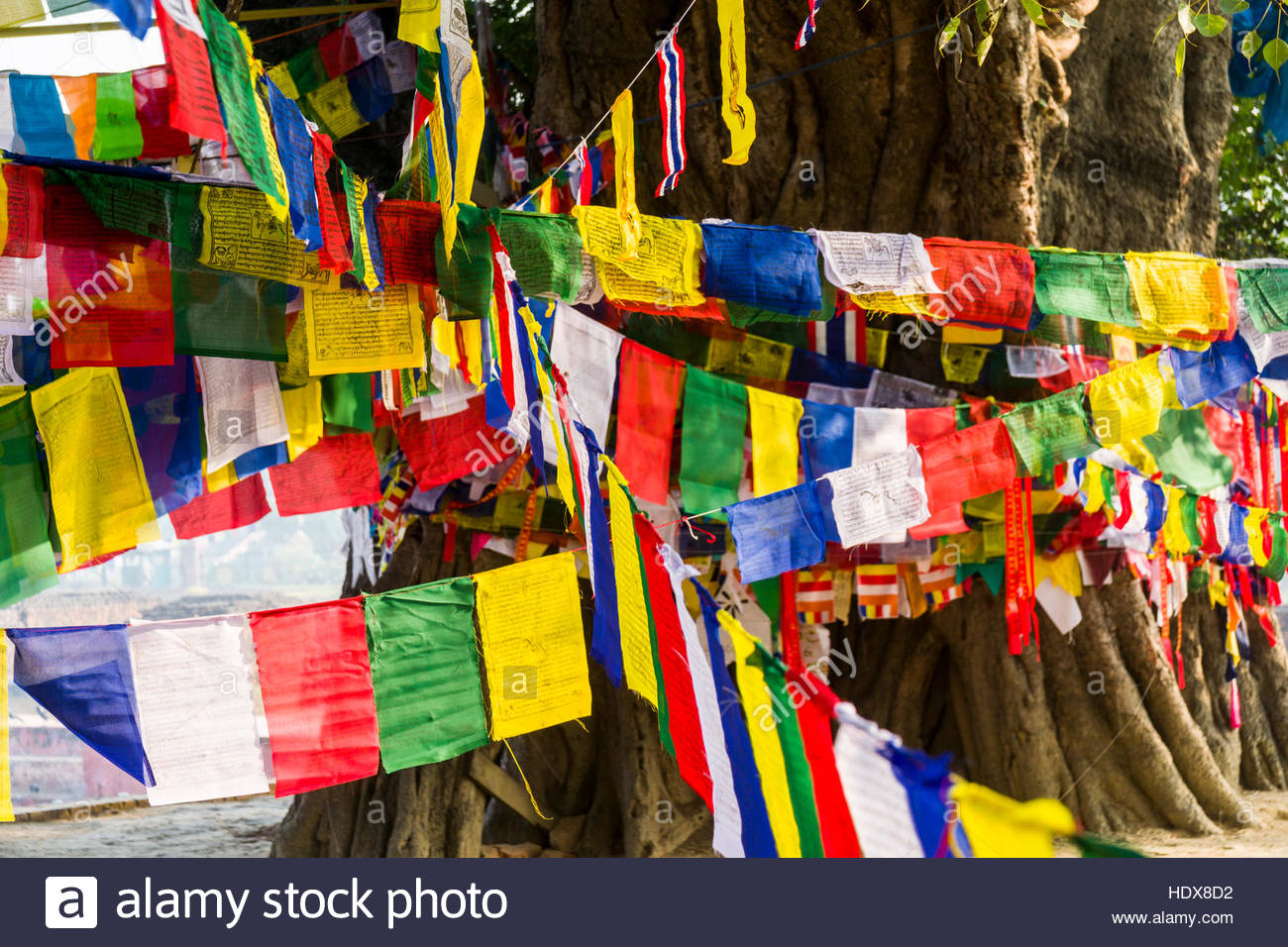
19 Feb 2019 HYN
“Budhham Sharanam Gachchhami;
Sangham Sharanam Gachchhami;
Dhammam Sharanam Gachchhami”
Spiritual Tourism, a Crown of Nepal, a Tiny Country in the Middle of the World, is rich in the beauty of nature, a source of wisdom, the origin of philosophy, a platform of spirituality, and the foundation of religions. Nepal is recognized for its three phases of the
Spiritual Tourism, a Crown of Nepal
Buddha, a form of enlightenment from Lumbini was the prince of

Yoga as Spiritual Tourism :
Yoga is derived from a Sanskrit word which means union or equanimity. It refers to both the union of the self with the absolute and the vast array of techniques for achieving spiritual discipline, self-realization, and liberation, even in Hinduism, Buddhism, and others. “Yogah Samadhi”, yoga is Samadhi or Dhamma which means to have liberation or equilibrium. Meditation is one of the final or entire organs of yoga science for spiritual achievement. Meditation is the final weapon for Yoga or Samadhi. At present, Buddha meditation is gaining popularity in the world.
Philosophically:
Yoga and Buddhism have common roots stretching back thousands of years to ancient Bharatakhanda (The area covered from Afghanistan to Bali). Hatha yoga and Buddhism, use ethical practices, postures, breathe work as tools. Raja yoga and Buddhism use mantras and meditation for awakening and evolved distinctly different methods for pursuing their common goal of liberation. Yoga is an integral part of the spiritual schedule at Vipassana, Zen, and Tibetan retreats. Buddhist mediators are starting to acknowledge what yogis have already long known: that the state of the body profoundly affects the state of the mind and heart. Indeed, body, mind, and heart are not separate entities but one interpenetration, unified system. The five ethics of Yama in Ashtanga Yoga and Pancha Sheela of Buddha are the
Though the scenario might flourish in the world, it has been dimed to date lack of true knowledge and practices. In any civilization, yogic wisdom and means as a spiritual practice were a common medium in order to correspond to human development. The message should globally be offered to spiritual
For the Promotion of spiritual tourism in Nepal, the government and concerned institutions have planned innovative and rational tourism packages focusing on historical, philosophical, spiritual, religious, and socio-cultural issues. They most determinedly execute on a broad scale.
